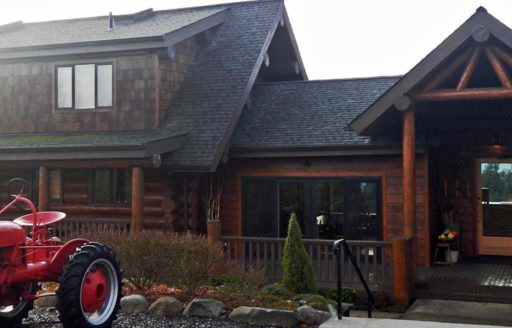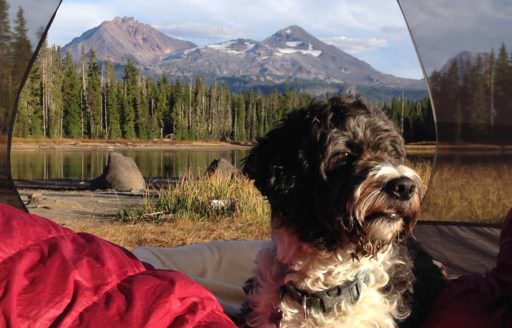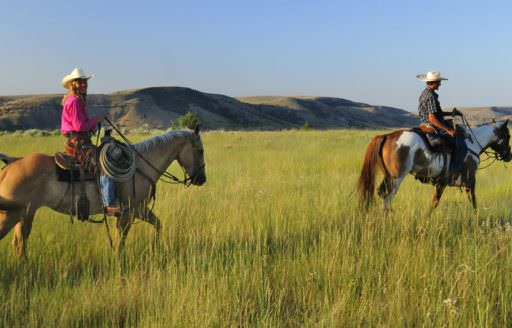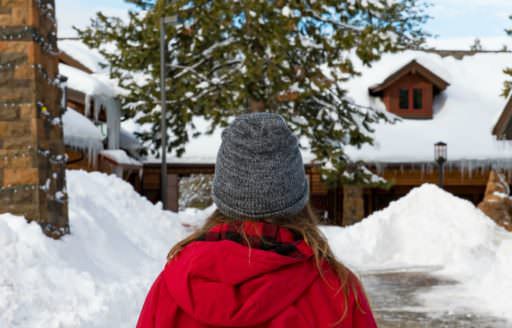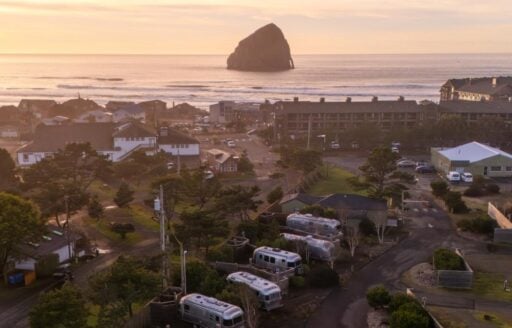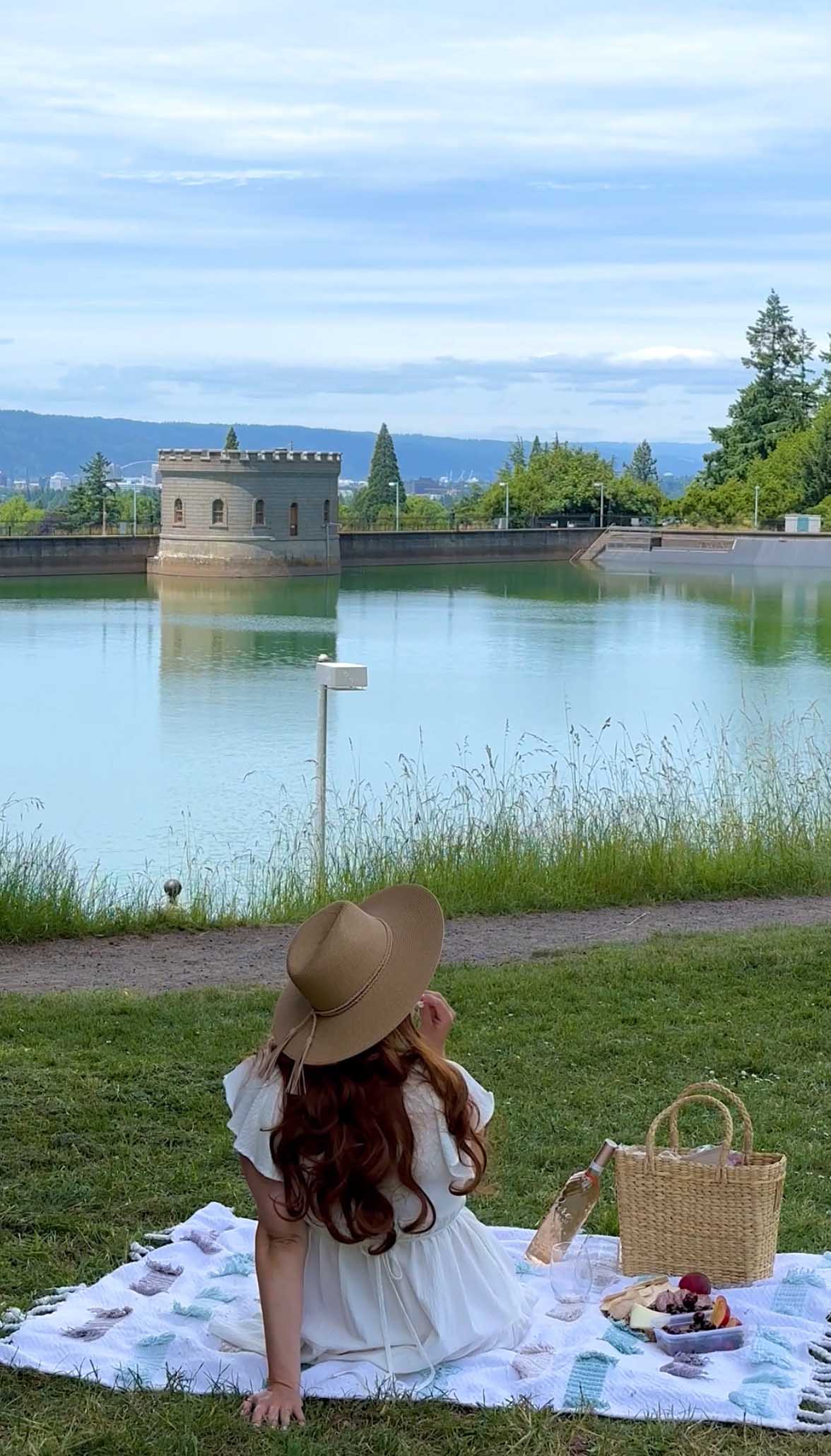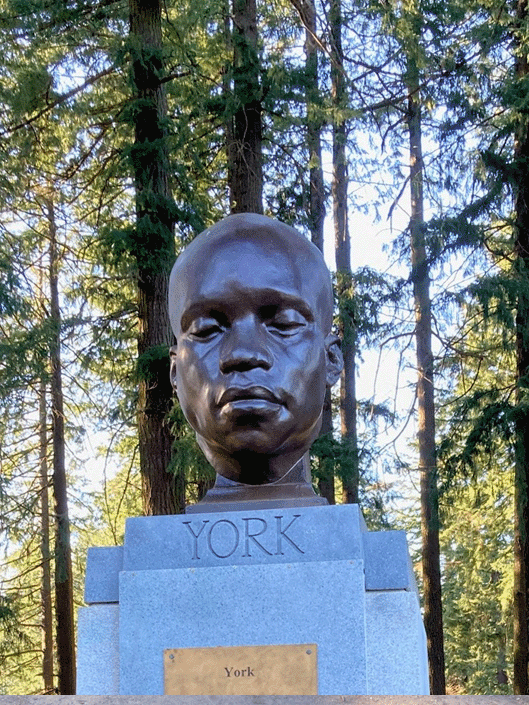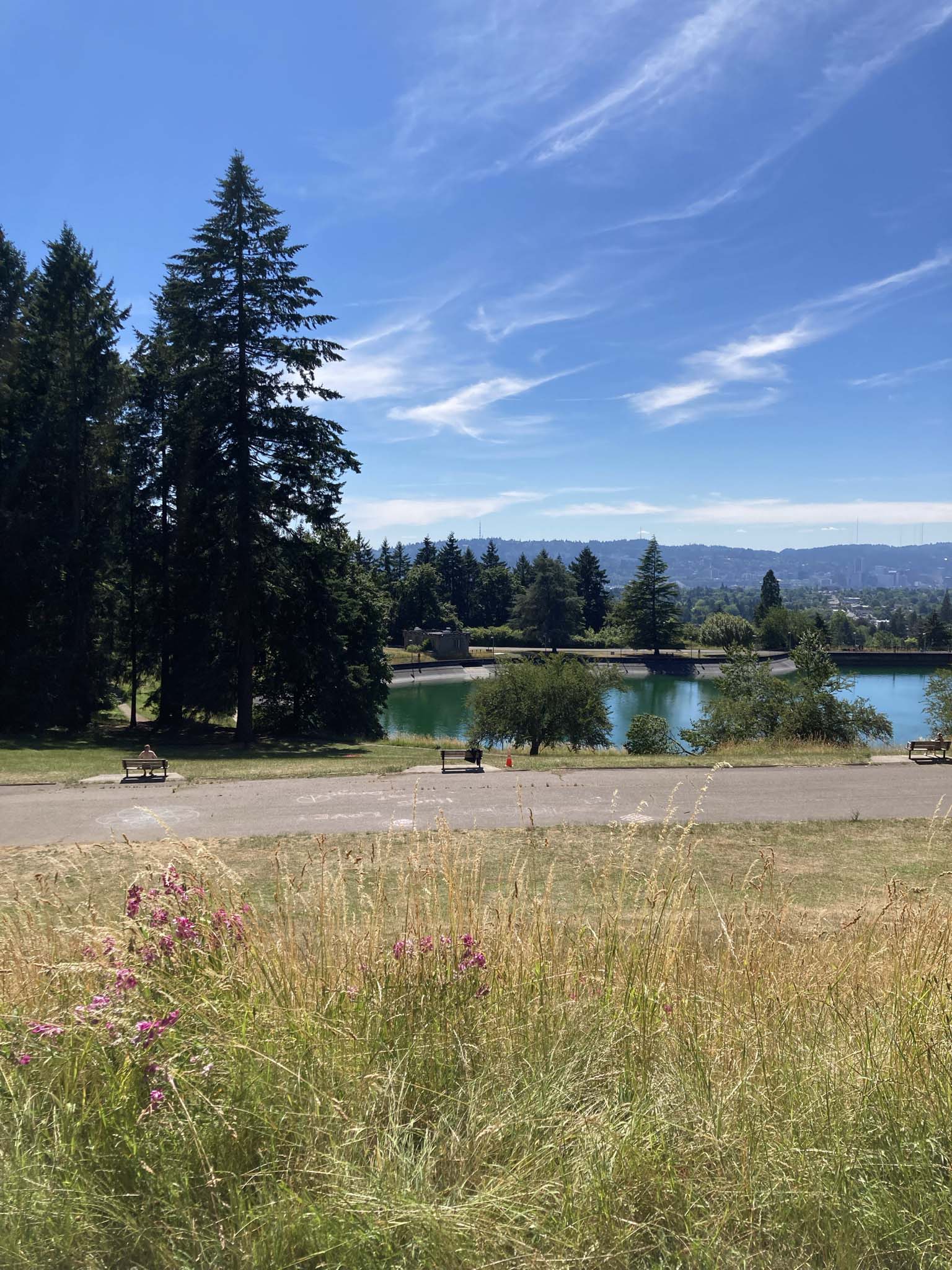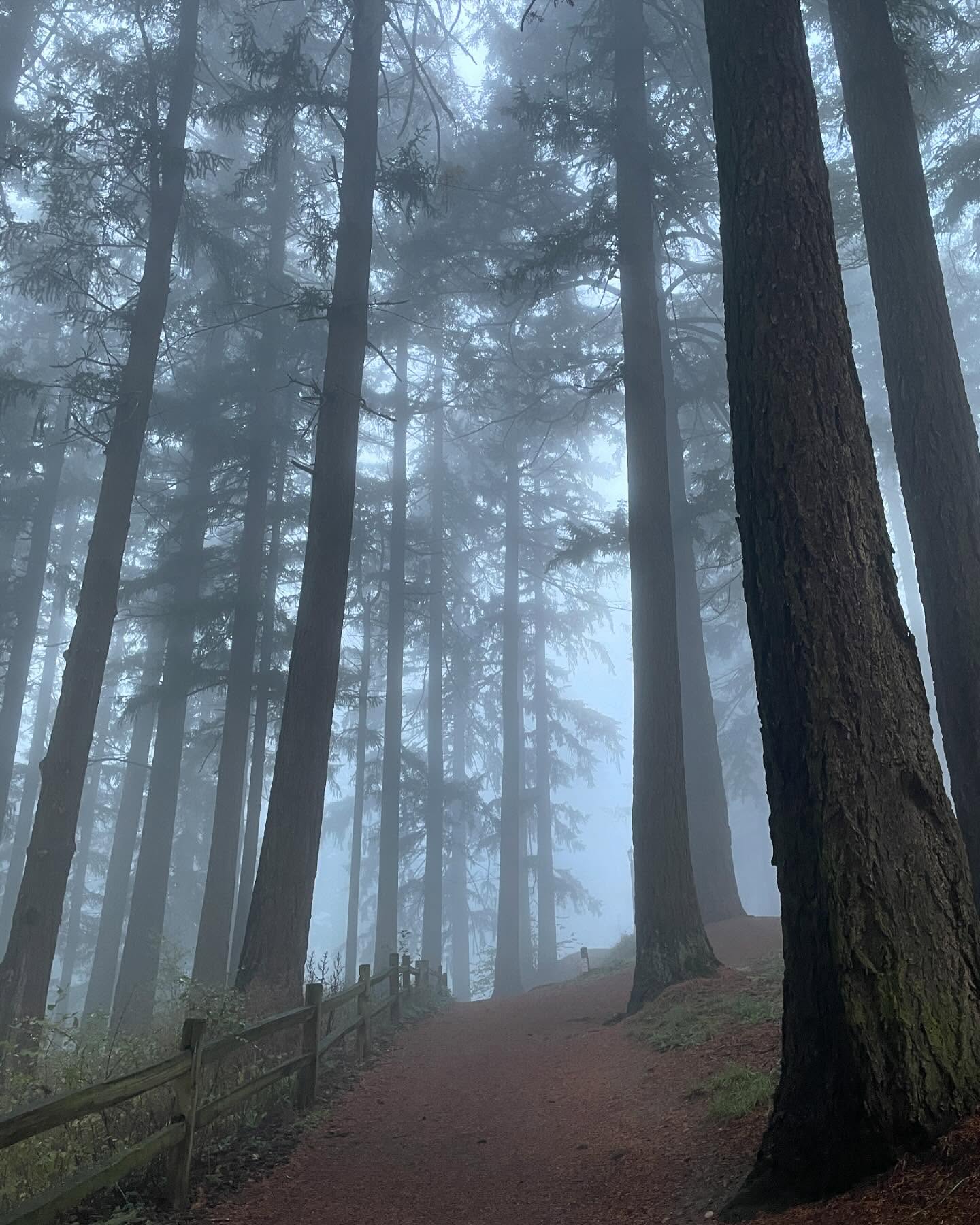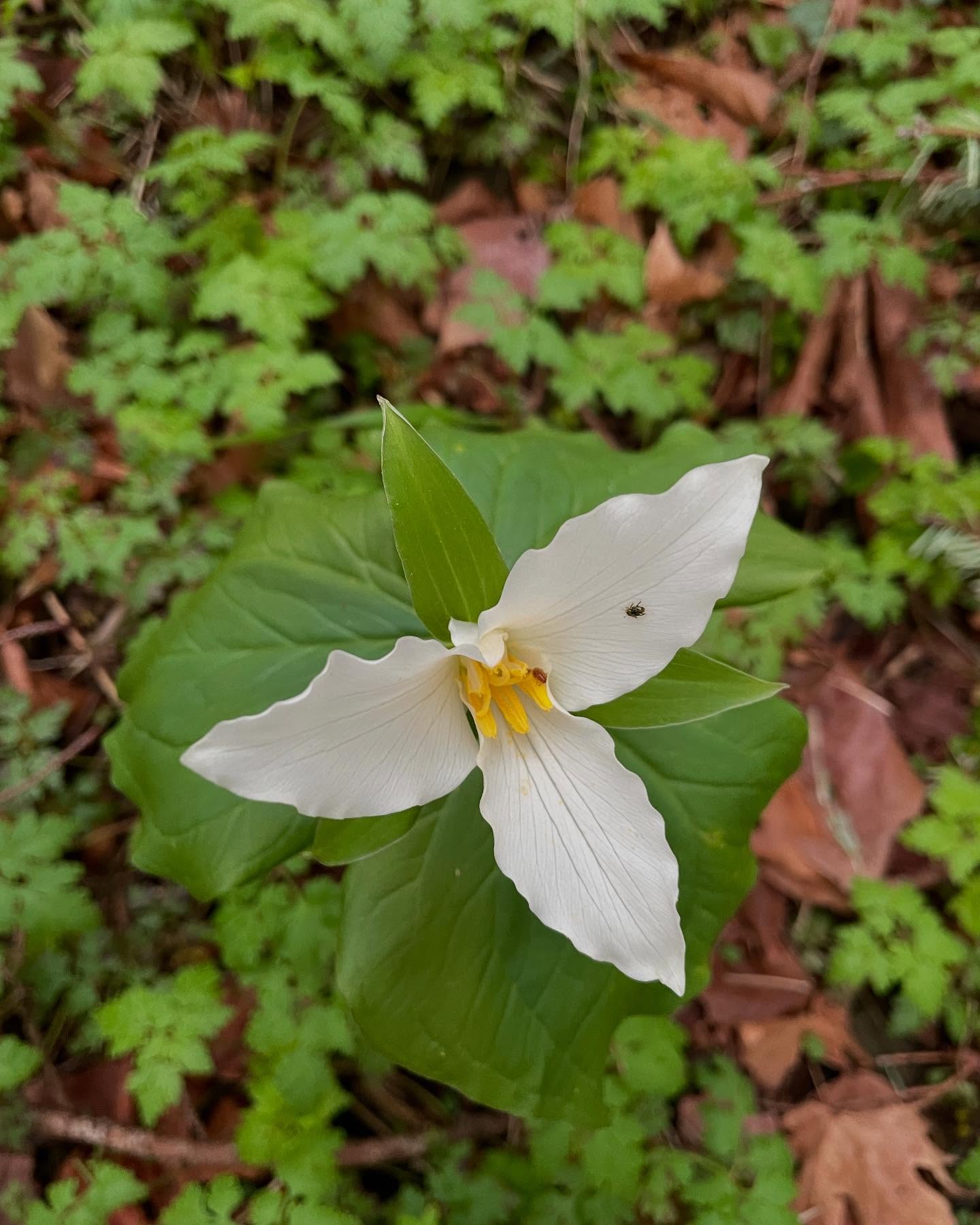Rising gently from Portland’s east side, Mt. Tabor is a place where city streets give way to forested slopes and volcanic history. This extinct cinder cone (one of the only volcanoes within city limits in the U.S.) has been a neighborhood landmark and gathering place for over a century.
Mt. Tabor, another volcanic butte, is one of the best places in the Portland area to view large flocks of mixed warblers, vireos, and flycatchers during spring migration in late April and May. Breeding species include Band-tailed Pigeon, Hutton's Vireo, and Lesser Goldfinch which can be found throughout the park. Common migrants include Rufous Hummingbird, Pacific-slope, Hammond's, and Olive-sided Flycatchers, Orange-crowned, Black-throated Gray, Nashville, MacGillivray's and Wilson's Warblers, Cassin's Vireo, and Swainson's Thrush. Rare but annual migrants include Townsend's Solitaire, Hermit Warbler, and Chipping Sparrow. Winter residents include Townsend's Warbler, Varied and Hermit Thrushes, and Sooty Fox and Golden-crowned Sparrows.
On sunny days, locals hike to the summit for panoramic views of downtown Portland and catch a glimpse of Mt. Hood, framed by the forest on the horizon.
Beloved for its rolling lawns, hidden groves, and summer concerts at the amphitheater, Mt. Tabor is equal parts urban forest, geological wonder, and community backyard
Trails:
A network of trails and staircases crisscrosses the park, connecting open lawns, forested nooks, and scenic overlooks. There are three main trails; the 1-mile (1.6 km) Red Trail, 1.7-mile (2.7 km) Green Trail, and 3-mile (4.8 km) Blue Trail.
Amenities:
The park also offers picnic areas, playgrounds, sports courts, an outdoor amphitheater for summer concerts, and plenty of quiet spots for reading or picnicing under the trees.
In February 2021, a monument to York (1770 – 1834), the only Black member of the Lewis and Clark Corps of Discovery, appeared mysteriously at the to of Mt. Tabor. York was an enslaved Black man who played a pivotal role in Lewis and Clark's journey to the Pacific. He's mentioned often in the journals kept by both Lewis and Clark. While on the expedition York hunted and gathered food, cared for the ill and helped to build relationships with Native Americans. When the expedition ended, York's initial requests for freedom were denied, and he wasn't freed until sometime after 1815. In July of 2021 the bust of York was vandalized overnight. The damaged statue was removed from the park – only the plinth currently remains.



